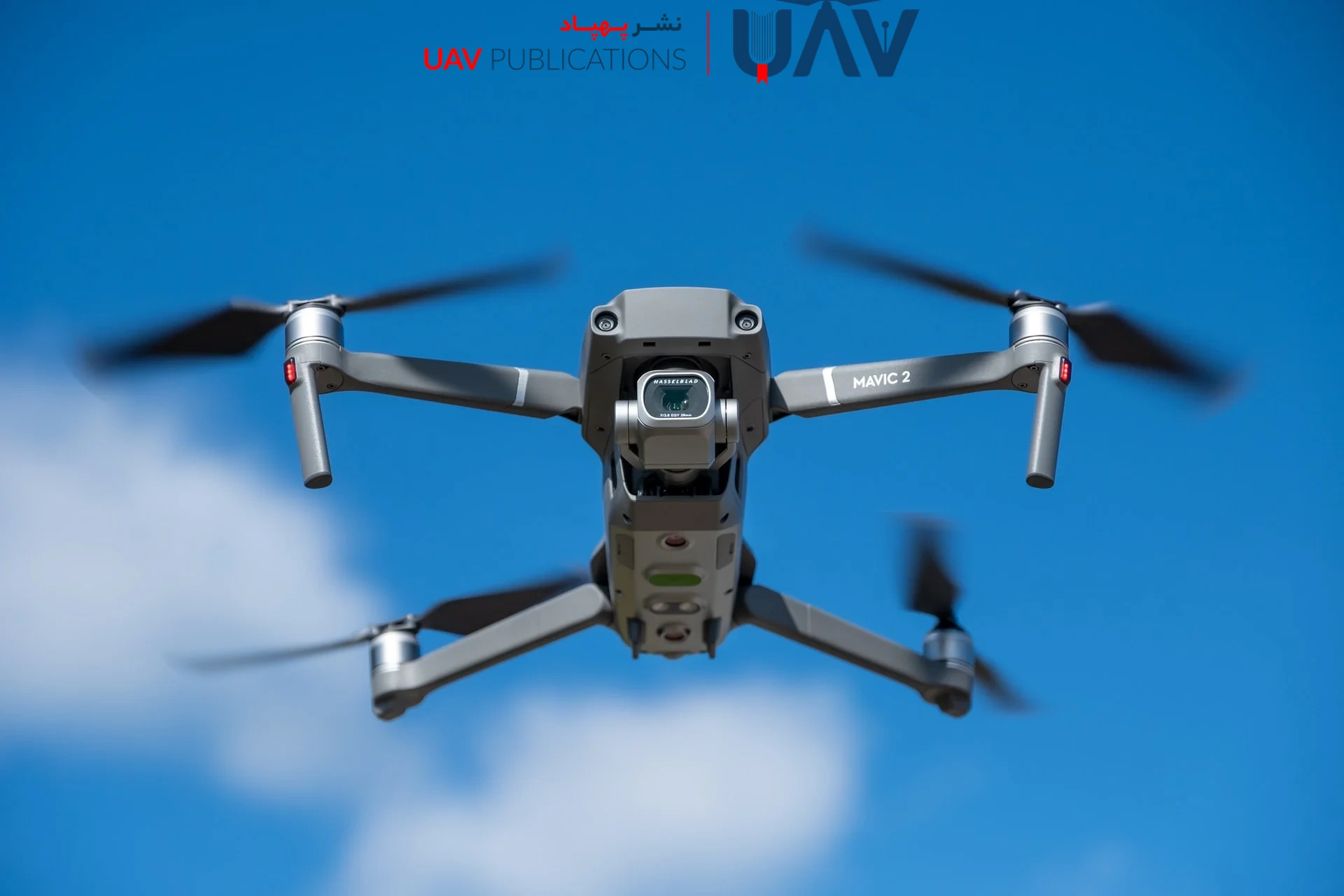Understanding the Differences Between VTOL UAVs and Multi-rotors
As drone technology continues to expand into diverse domains—from environmental monitoring and precision agriculture to public safety and infrastructure—an in-depth understanding of the various types of UAVs has become increasingly vital. Among the most widely utilized categories are VTOL (Vertical Takeoff and Landing) UAVs and multirotors, each offering distinct advantages and limitations. Differences in design architecture, flight mechanisms, energy efficiency, and mission capabilities choose between them not only a technical matter but a strategic one.
This article aims to examine the fundamental distinctions between these two UAV classes from a scientific and applied perspective, enabling users to make more informed decisions based on their operational requirements, available resources, and intended mission objectives. For professionals in environmental conservation, precision agriculture, aerial mapping, and emergency response—many of whom are upgrading or replacing their current drone systems—this insight can help avoid resource misallocation and operational inefficiencies. Manufacturers and aerial robotics researchers may also leverage these insights to enhance the design and development of future UAV platforms.
What Is a UAV?
A UAV, or Unmanned Aerial Vehicle, is an aircraft that operates without an onboard human pilot. It can be remotely controlled or autonomously navigated based on pre-programmed instructions. UAVs vary widely in size, shape, propulsion type, and functionality—from small hobbyist drones to sophisticated systems used in scientific and industrial applications. In English, they are referred to as UAVs (Unmanned Aerial Vehicles), or in broader terms, UAS (Unmanned Aerial Systems).
A typical UAV typically includes a body, one or more motors, a power source (usually a battery), a flight control system, and, when necessary, cameras, sensors, and communication systems.
Initially developed for military applications, UAVs have since expanded into civilian use, thanks to technological advancements and cost reductions. Today, they are deployed in environmental monitoring, precision agriculture, aerial surveying, infrastructure inspection, disaster management, professional filmmaking, and even humanitarian aid. Their key attributes include the ability to fly at specified altitudes and along designated paths, thereby reducing risk to human operators in hazardous scenarios, and accessing areas that would otherwise be unreachable. Thus, drones have become indispensable tools in modern environmental and resource management.
A comprehensive understanding of their classifications, capabilities, and limitations is essential for effective utilization.
VTOL UAVs: Definition and Core Features
VTOL (Vertical Takeoff and Landing) UAVs are drones that can take off and land vertically, similar to a helicopter, while also achieving efficient horizontal flight like a fixed-wing aircraft. These systems typically feature fixed wings for forward flight and vertical lift motors for vertical takeoff and landing (VTOL) operations. The key innovation of VTOL UAVs lies in their dual-flight capability—vertical takeoff for confined environments, and horizontal cruising for covering long distances with minimal energy consumption. This dual nature makes VTOLs exceptionally well-suited for extended missions such as environmental surveys or long-range cargo delivery.
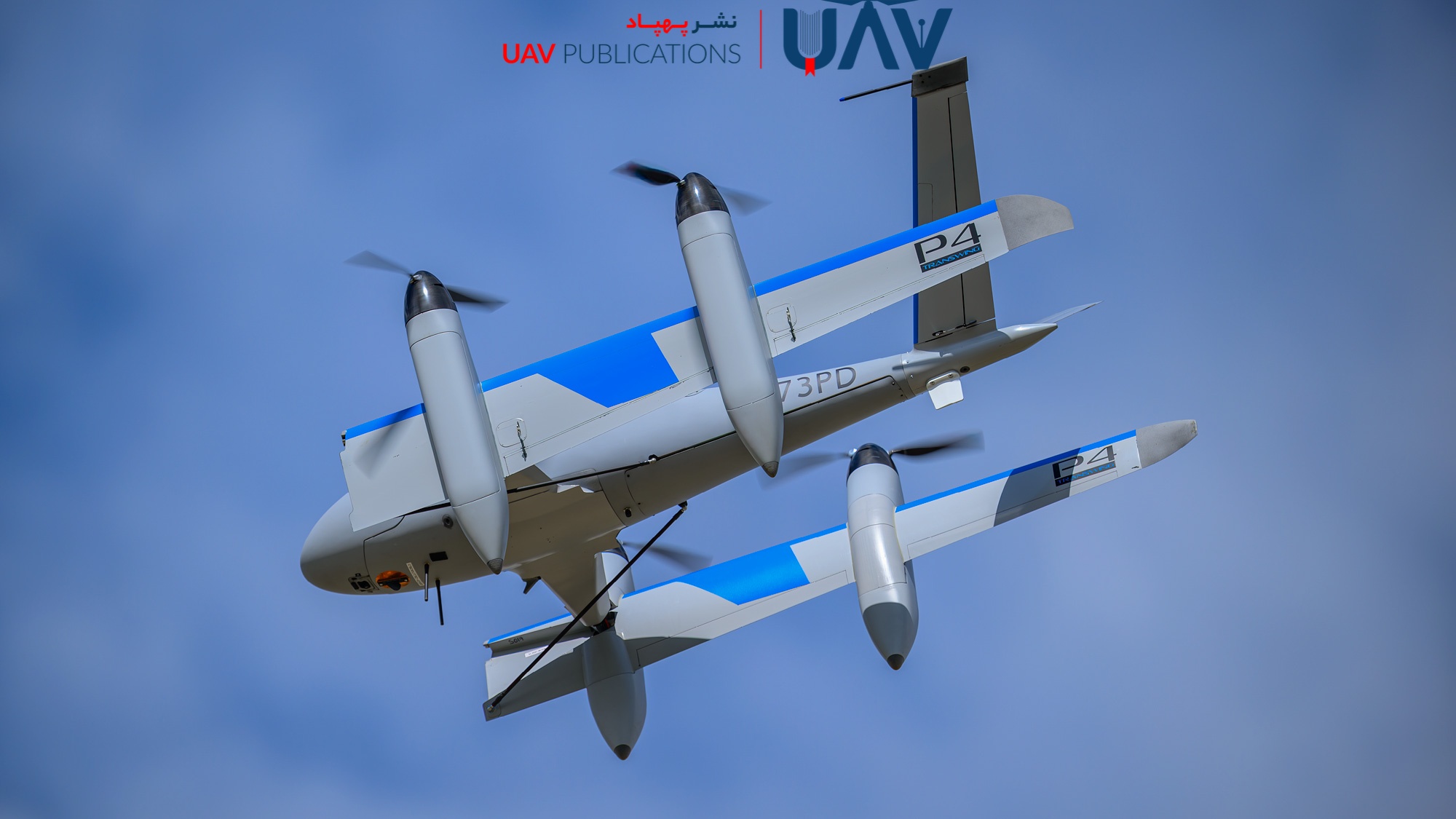
However, VTOL systems are generally more complex than multirotors due to the technical intricacies involved in transitioning between vertical and horizontal flight modes. As a result, they tend to have higher production, maintenance, and training costs. Nonetheless, for professional missions requiring extended range and endurance, VTOL UAVs present a compelling and efficient solution.
Structure, Use Cases, and Advantages of Multirotors
Multirotor drones—such as quadcopters, hexacopters, and octocopters—utilize multiple rotors to achieve lift and maneuverability. They can take off and land vertically without the need for a runway, which, combined with their simpler design, has made them the most popular choice for commercial, recreational, and research purposes in recent years.
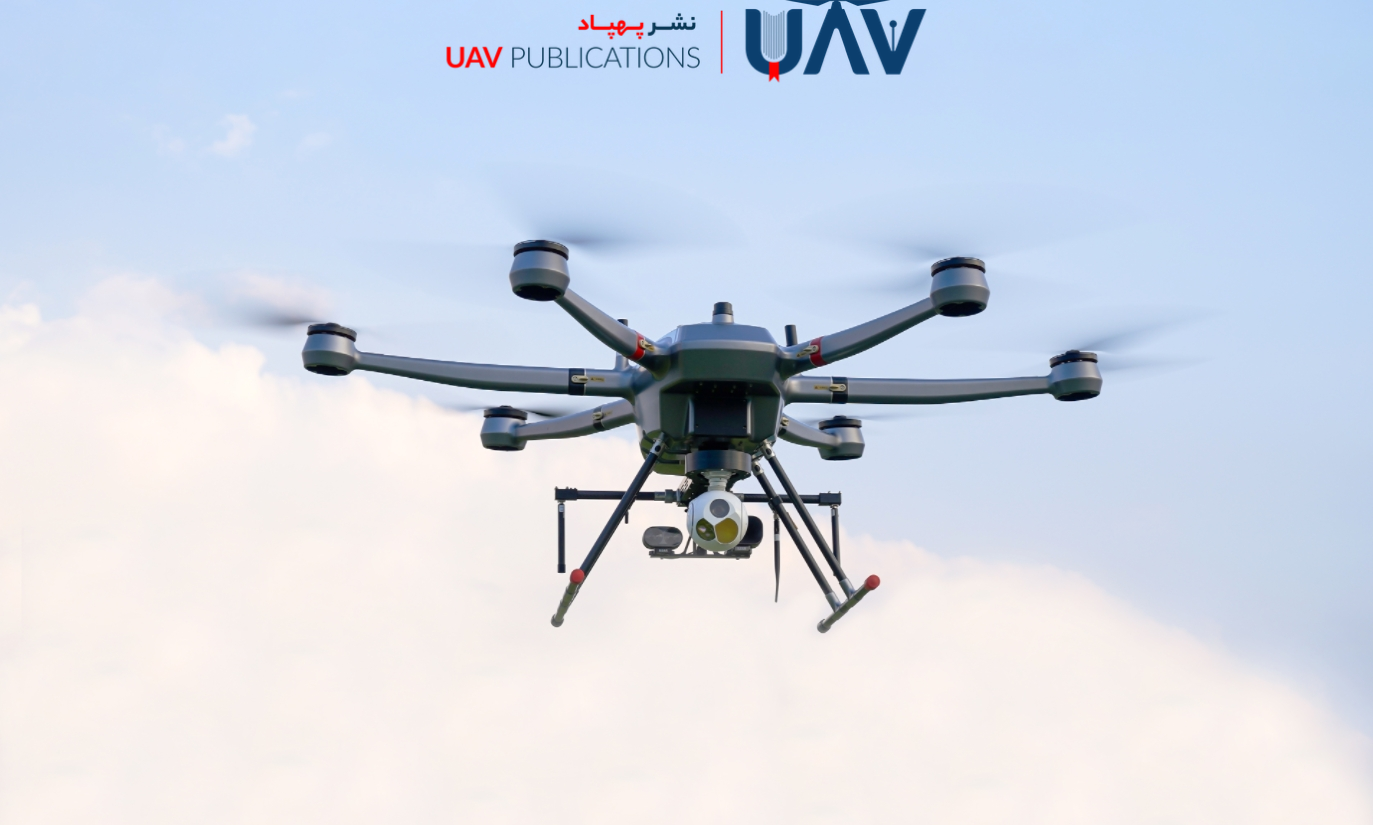
Their principal advantages include simplicity of design, ease of use, and hover stability. These qualities make them ideal for beginners and for tasks requiring pinpoint accuracy, such as aerial photography, localized inspection, 3D mapping, or rapid emergency response.
However, multirotors suffer from limitations in flight duration and range. Most commercial models offer 15 to 30 minutes of flight time, making them unsuitable for long-distance or continuous missions. Nevertheless, their lower cost, ease of maintenance, and wide availability—from budget-friendly to advanced options—continue to make them a go-to choice for many users.
Flight Performance: Stability, Maneuverability, and Endurance
Flight dynamics present one of the most significant distinctions between VTOL and multirotor UAVs. Multirotors typically operate at lower altitudes and speeds but offer superior hovering stability, which is crucial for missions requiring still-frame photography, precise mapping, or point-specific surveillance.
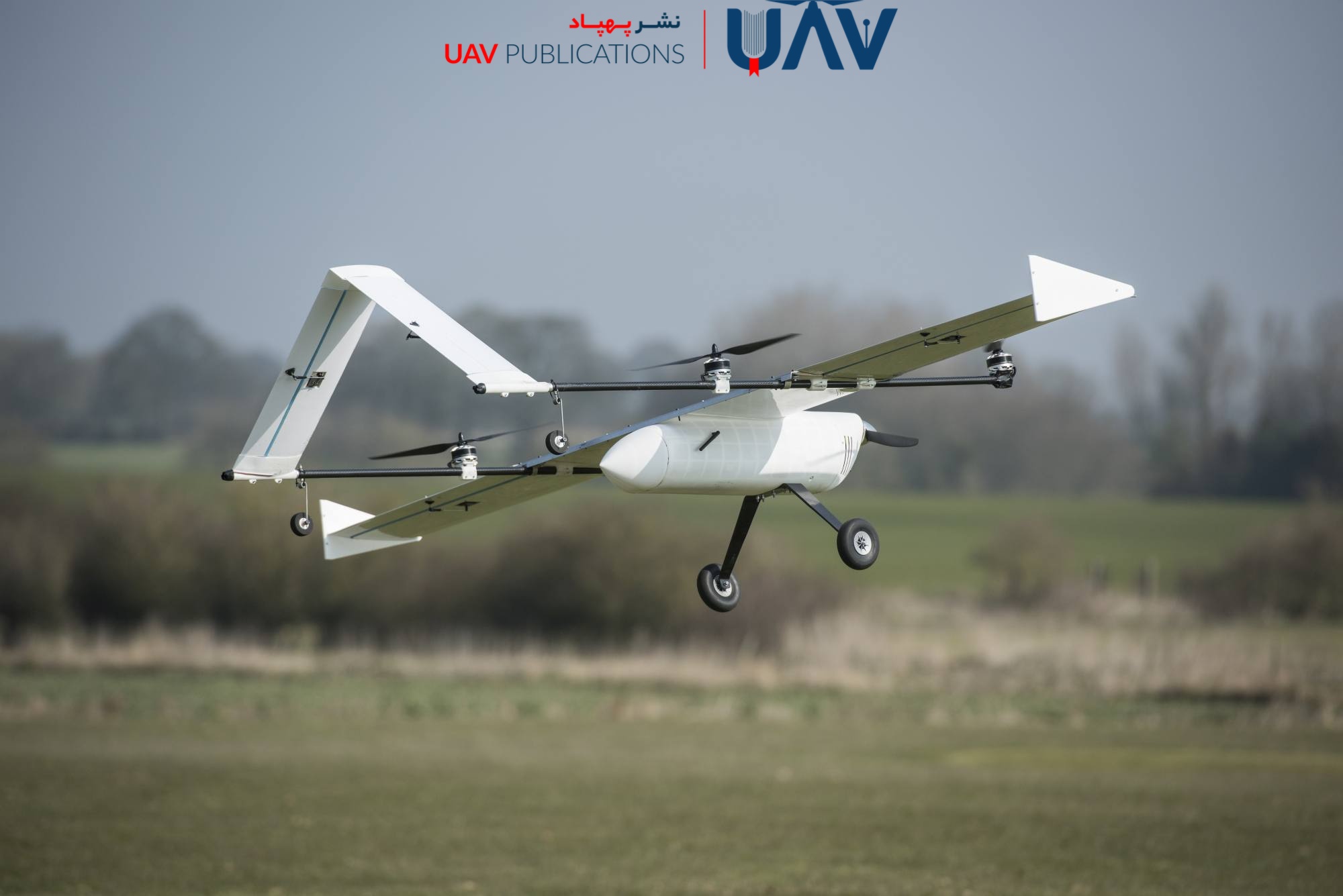
VTOL UAVs, by contrast, leverage their fixed-wing components during horizontal flight, enabling them to travel faster and use energy more efficiently. This makes them better suited for missions that involve covering large areas or traveling between distant locations. While VTOLs can hover when necessary, doing so usually comes at the cost of increased energy consumption and reduced efficiency.
In confined or obstacle-rich environments, multirotors excel due to their compact form and nimble handling. VTOLs, which require additional space for transition and landing, are better deployed in open areas or on predefined routes where operational space is not constrained.
Takeoff and Landing Differences: Operational Flexibility
A crucial operational difference between VTOLs and multirotors lies in their takeoff and landing mechanics. While both are capable of vertical takeoff and landing, they achieve this via different systems. Multirotors are inherently designed for vertical operation, allowing them to function with ease in tight, uneven, or urban spaces.

VTOLs, however, employ vertical lift only during takeoff and landing phases. Their reliance on transition mechanisms and horizontal propulsion often requires more space, particularly in switching from vertical to horizontal flight. In situations with obstacles, crosswinds, or limited visibility, this requirement may pose challenges.
Thus, in rugged terrains like forests or mountains where designated landing strips are unavailable, multirotors offer greater flexibility and lower operational risk. Conversely, when launch and landing sites are predetermined and ample space is available, VTOL UAVs provide better endurance and energy efficiency, making them the preferred option.
Weather Resistance and Operational Reliability
Environmental resilience is a crucial factor in selecting a UAV, particularly for outdoor missions under adverse weather conditions, such as high winds, rain, or extreme temperatures. Multirotors, due to their lightweight and compact design, are generally more susceptible to wind interference. While professional models may include wind-compensation systems, they remain better suited for short-duration missions in relatively stable conditions. Hovering in strong winds, in particular, poses a significant challenge.
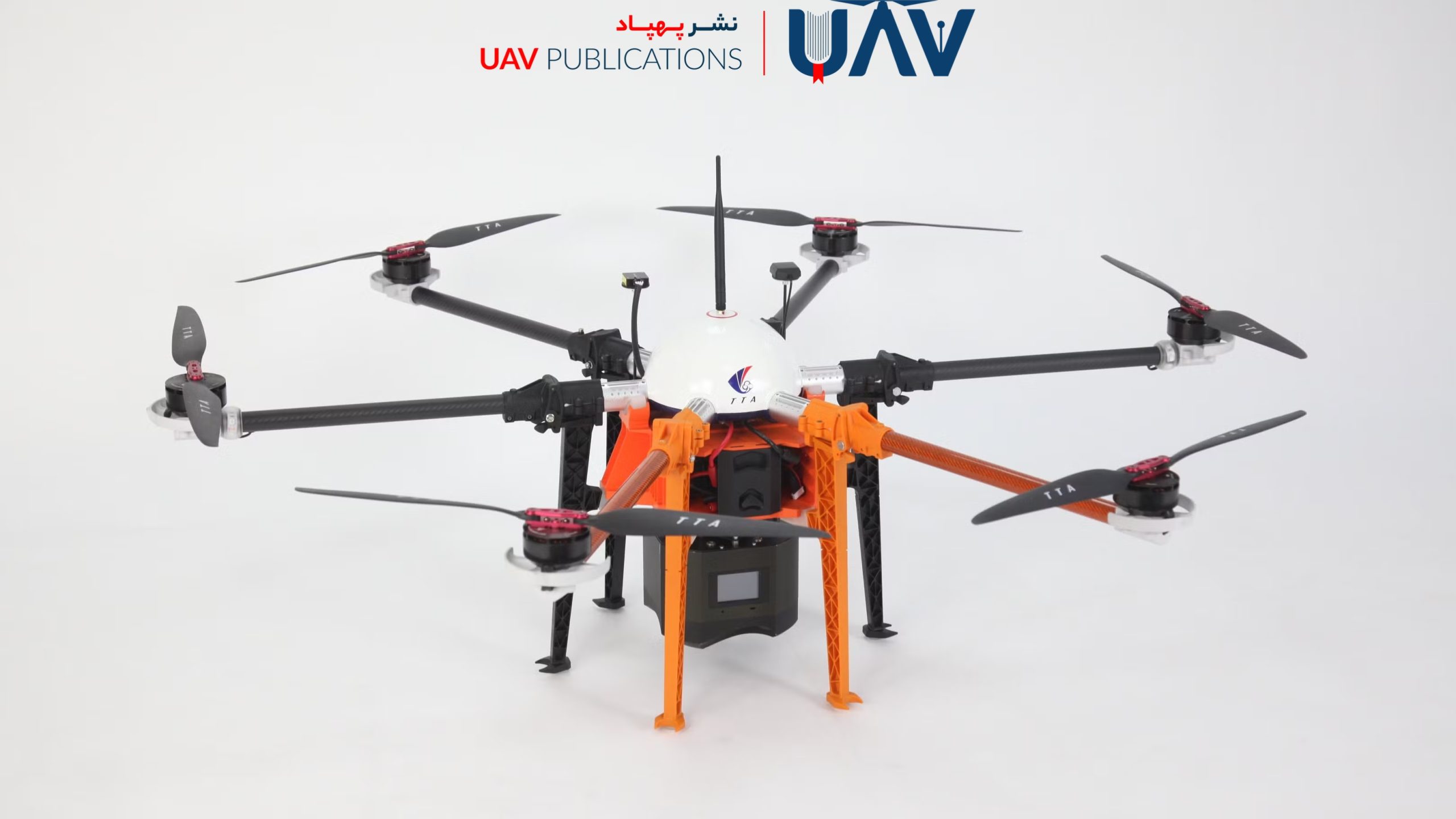
VTOL UAVs, on the other hand, exhibit greater stability in horizontal flight thanks to their aerodynamic design and fixed wings. Once airborne, they can handle moderate wind conditions more effectively, making them ideal for high-altitude or wide-area flights. When missions involve unpredictable weather, VTOLs may offer a safer and more consistent choice, provided the takeoff and landing phases are carefully managed in secure environments.
Energy Efficiency and Flight Endurance
Energy consumption and flight efficiency are key metrics for evaluating UAVs in terms of their suitability for specific missions. Multirotors, which rely on multiple propellers throughout the entire flight, tend to consume more energy, resulting in shorter operational times, typically between 15 and 30 minutes, depending on payload and conditions.
In contrast, VTOLs switch to energy-efficient horizontal flight after vertical takeoff, utilizing fixed wings to generate lift and reduce engine strain. Some advanced VTOL models can achieve flight times of 60 to 90 minutes or more, making them significantly more efficient over long distances.
For missions such as large-scale mapping, wildlife tracking, or infrastructure inspection, this energy advantage reduces the need for battery swaps and increases operational efficiency, thereby lowering overall mission costs. While multirotors consume more energy per minute, their simplicity and agility make them acceptable for short, high-precision tasks.
Payload Capacity and Heavy-Duty Missions
Payload capacity is another key determinant in UAV selection, particularly for missions that require the transportation of sensors, samples, or critical equipment. Multirotors, due to their lightweight frame, are typically optimized for carrying light loads. While heavy-duty variants, such as octocopters, exist, the added weight significantly reduces their flight time and stability.
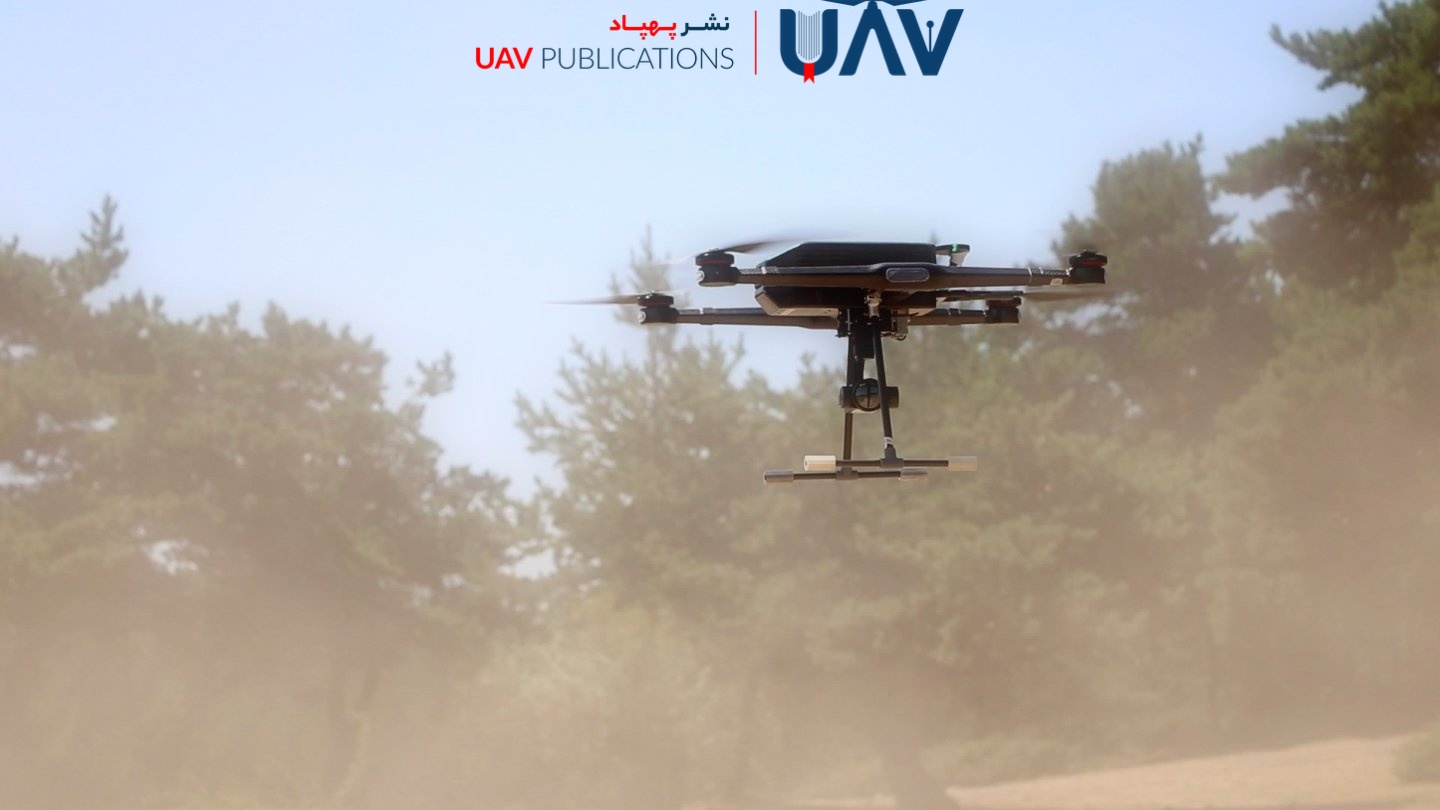
VTOL UAVs, with their hybrid design and lift-supporting wings, can carry heavier payloads across longer distances. The aerodynamic support reduces motor load, enabling the efficient transportation of medium- to heavy cargoes.
Industries such as precision agriculture, medical supply delivery to remote regions, and conservation efforts often benefit from VTOLs’ superior payload handling. However, this capability comes at the cost of greater size, complexity, and maintenance requirements, making logistical considerations and deployment planning more demanding.
Industrial, Security, and Environmental Applications
The operational differences between VTOLs and multirotors make each more suitable for specific sectors and missions. Multirotors are favored in applications requiring high maneuverability, short flight durations, and precise control, such as aerial photography, urban inspections, emergency response, and lightweight deliveries.
VTOL UAVs, due to their extended range and stable flight dynamics, are well-suited for large-scale agricultural monitoring, energy infrastructure inspection, environmental assessment, and even military reconnaissance. Their ability to cover vast areas without frequent landings makes them ideal for long-duration, high-value missions.
In environmental monitoring, VTOLs are effective in surveying vegetation, tracking wildlife, or assessing wildfire damage. Meanwhile, multirotors are better for spot inspections and anti-poaching surveillance. Both platforms are indispensable for advancing aerial robotics, and the choice between them depends on the mission complexity, operational environment, and available infrastructure.
Technical Requirements and Maintenance Complexity
Another notable distinction lies in the technical demands and maintenance considerations of each system. Multirotors have a relatively straightforward architecture, featuring multiple motors, a lightweight body, and a central control unit. This simplicity translates into lower maintenance costs, quicker repairs, and minimal training requirements.
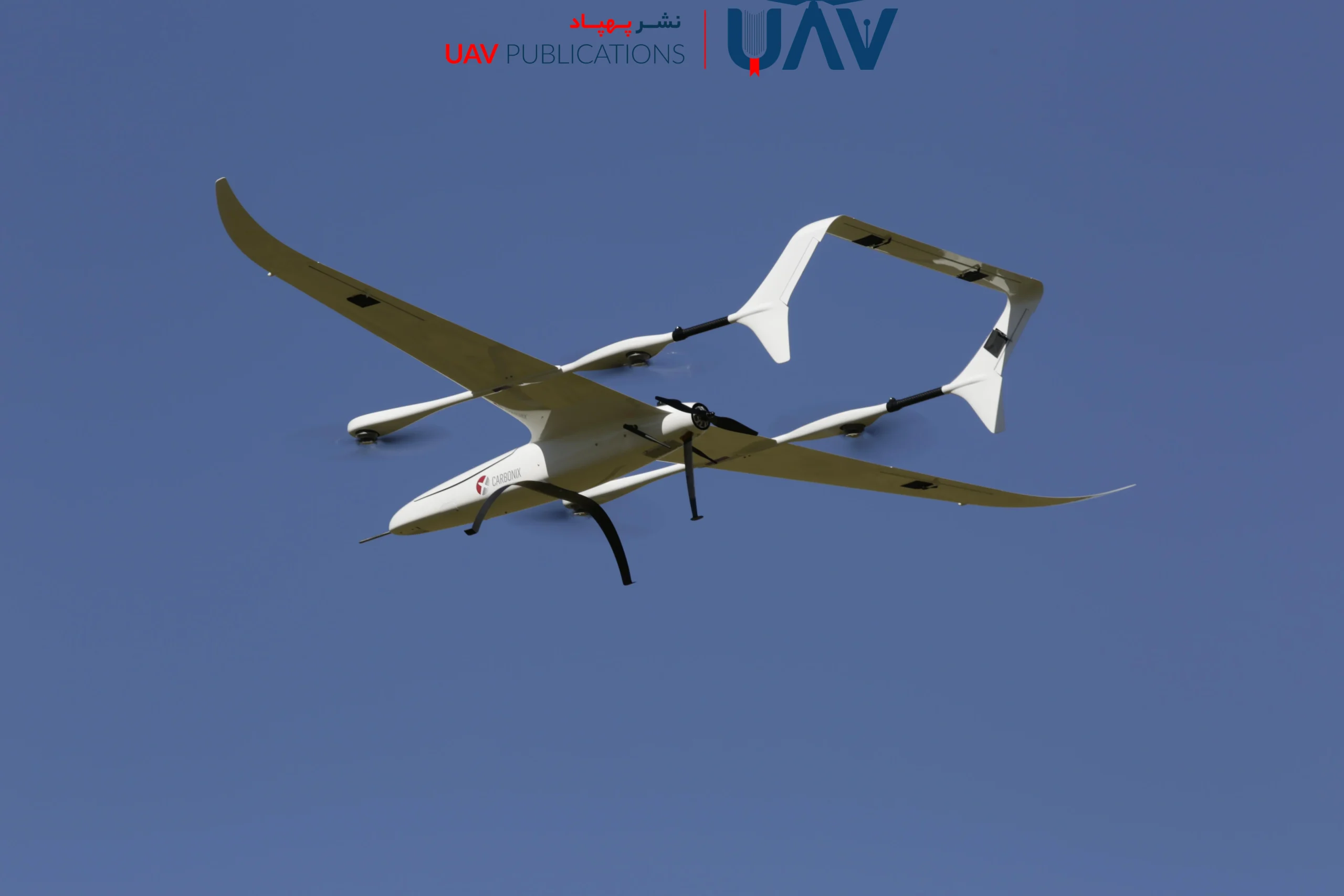
By contrast, VTOL UAVs incorporate dual flight mechanisms, requiring additional motors, precise sensors, and advanced software. This complexity increases the cost of upkeep, necessitates specialist training, and heightens the risk of failure across multiple subsystems.
In scenarios with limited technical support or insufficiently trained personnel, multirotors are a more practical and reliable option. While VTOLs offer advanced capabilities, their effective deployment depends on robust technical infrastructure and dedicated maintenance teams.
Cost, Operational Budget, and Long-Term Value
Cost remains a significant factor in the procurement of UAVs. Multirotors typically offer lower upfront fees and are available in a wide range of models. Their affordability and minimal infrastructure requirements make them popular among semi-professional users, academic institutions, and budget-conscious projects. Additionally, their repair and replacement costs are relatively low.
VTOL UAVs, with their intricate construction and dual-mode flight systems, command higher initial investments. However, for long-term missions involving extensive coverage and reduced landing cycles, VTOLs can yield substantial energy and time savings. In high-value environmental or security operations, this investment becomes justifiable.
For short-term or small-scale tasks, multirotors offer clear economic and operational advantages. But for sustained, strategic missions, VTOLs present greater long-term value.
An Informed Choice: Matching UAV Type to Mission Profile
Ultimately, neither VTOL UAVs nor multirotors are inherently superior across all metrics. The decision should be based on mission-specific needs, environmental and logistical constraints, and the operational team’s technical capacity.
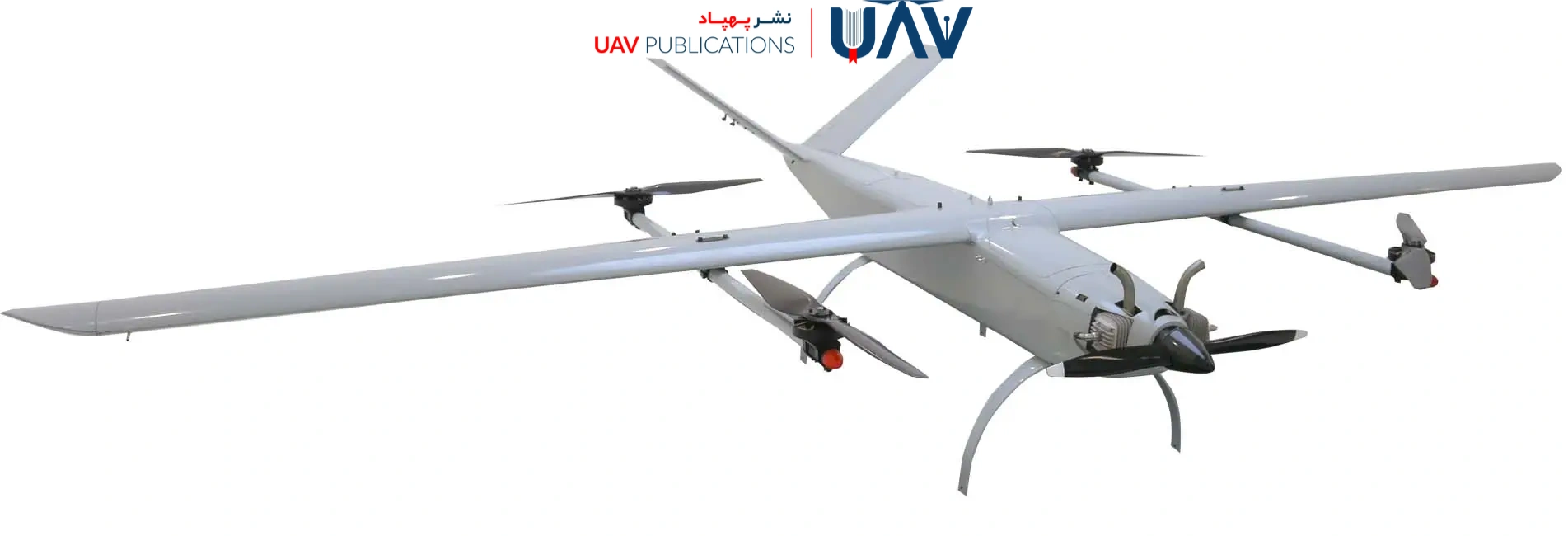
Multirotors excel in short-term, confined-space, and high-maneuverability tasks. Their ease of use, cost-efficiency, and modular design make them ideal for urban projects, emergency response, and point-based surveillance.
VTOL UAVs, conversely, are built for endurance, area-wide monitoring, and adverse weather conditions. Their flight efficiency and long-range capabilities justify the investment for complex or critical operations.
An informed evaluation—aligned with clear mission goals and a realistic assessment of resources—will ensure the optimal use of UAV technology, yielding safe, effective, and cost-efficient outcomes.

